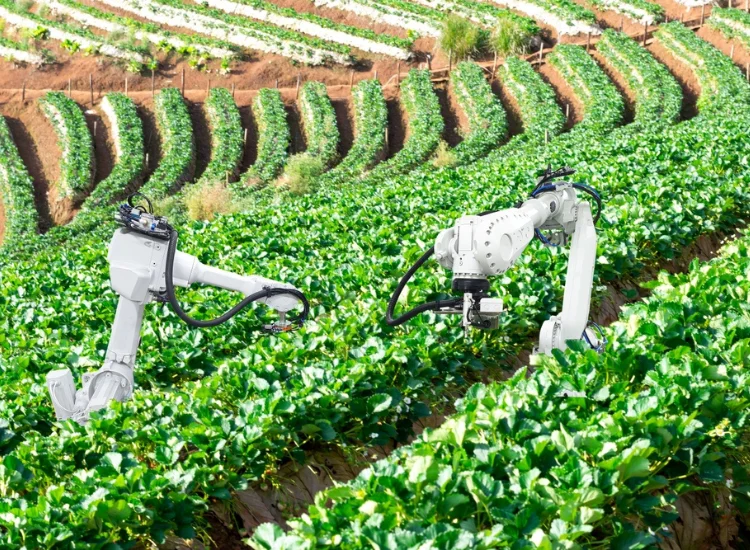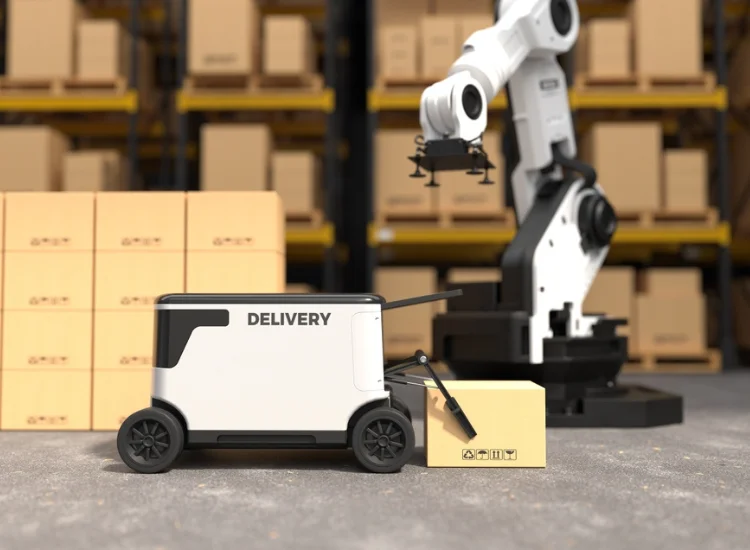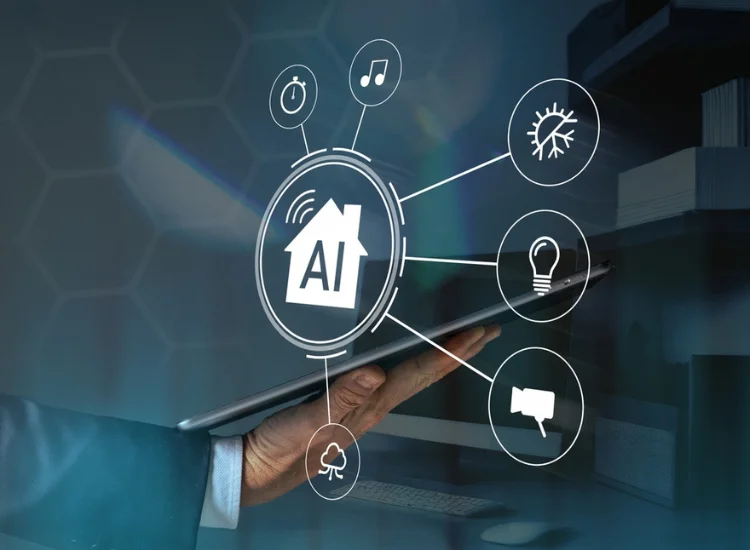
Agriculture Robots: The Future of Smart Farming
By : Admin Sep 28,2022Introduction
Farming has always been the foundation of human civilization, but today’s agricultural challenges are bigger than ever. Rising food demand, labor shortages, and the need for sustainable practices have pushed the industry toward innovation. One powerful solution is the rise of agriculture robots (AgriBots). These smart machines are reshaping farming by automating repetitive tasks, reducing costs, and helping farmers achieve higher yields with fewer resources.
What Are Agriculture Robots?
Agriculture robots are autonomous machines that use artificial intelligence (AI), sensors, computer vision, and automation to perform farming tasks with precision. Unlike traditional tractors and tools, AgriBots can operate independently, monitor crop health, and make data-driven decisions. They are at the heart of smart farming and precision agriculture, ensuring food production is more efficient and sustainable.
Applications of Agriculture Robots
Harvesting and Picking Robots
Modern robots can identify ripe fruits and vegetables using AI-powered vision systems and harvest them without causing damage. For example, strawberry-picking robots are already in use, reducing waste and increasing efficiency.
Weeding and Pest Control Robots
Equipped with laser or mechanical tools, robots can remove weeds without harmful herbicides. This reduces chemical use and promotes sustainable agriculture.
Seeding and Planting Robots
Autonomous planting machines place seeds at the right depth and spacing, leading to improved germination rates and higher yields. These robots save valuable time during critical sowing seasons.
Crop Monitoring and Drones
Ground robots and drones monitor crops, soil, and weather conditions in real time. They provide farmers with data on crop health, pest activity, and water needs, enabling data-driven farming decisions.
Livestock Management Robots
Beyond crops, robots also manage livestock. From automated feeding and milking to health monitoring systems, they improve animal welfare and reduce manual labor.
Benefits of Agriculture Robots
Challenges and Limitations
Future of Agriculture Robots
The future of farming will be powered by automation and AI. As prices fall and technology becomes more accessible, agriculture robots will reach farms of every scale. We can expect to see:
For deeper insights, you can explore FAO Smart Farming or follow industry updates on AgFunder News.
Conclusion
Agriculture robots are more than just machines; they represent a revolution in how we grow food. By embracing robotic farming technologies, farmers can improve productivity, lower costs, and protect the environment. As AgriBots become more accessible, they will shape the future of smart, sustainable, and efficient farming, ensuring food security for generations to come.
FAQs
1. How do agriculture robots help farmers?
They reduce manual labor, improve precision in farming, increase crop yields, and save time and resources.
2. Are agriculture robots expensive?
Yes, the initial cost can be high, but they save money in the long run by reducing labor costs and improving efficiency.
3. Can small farmers use agriculture robots?
Yes, smaller, cost-effective robots and drones are being developed to support small and medium-scale farmers.
Category
- Agriculture Robots
- Biomedical Instrumentation
- Ai Automation
- Industrial Robots










